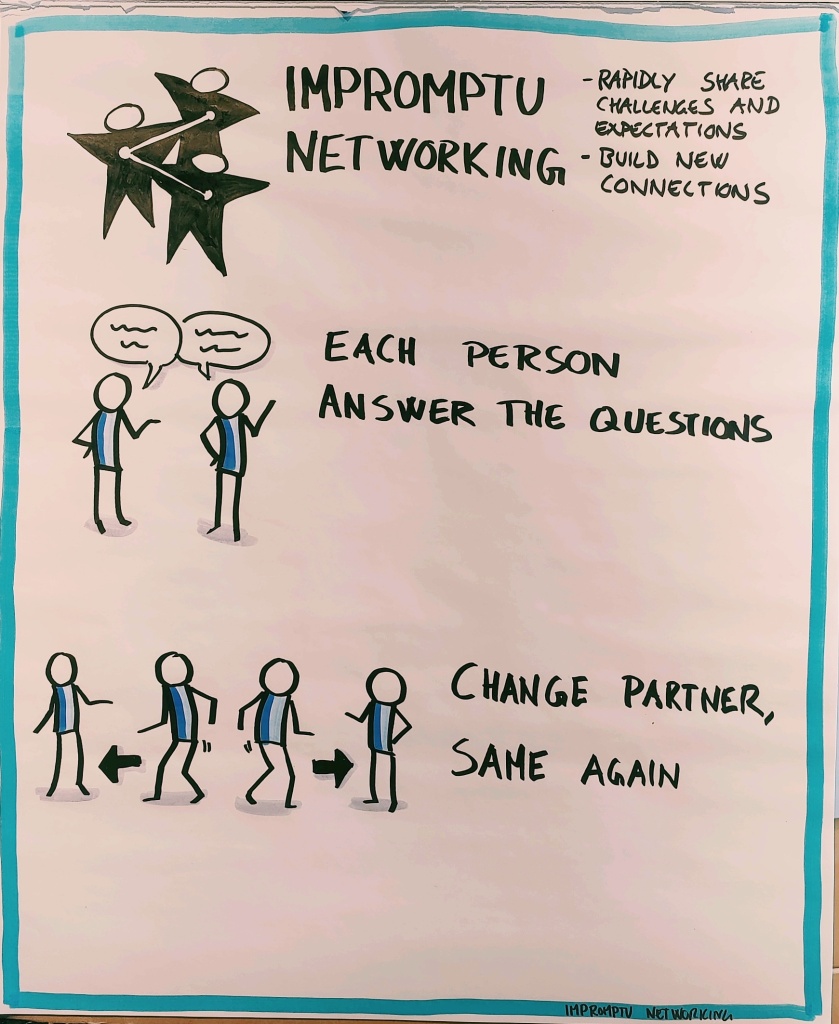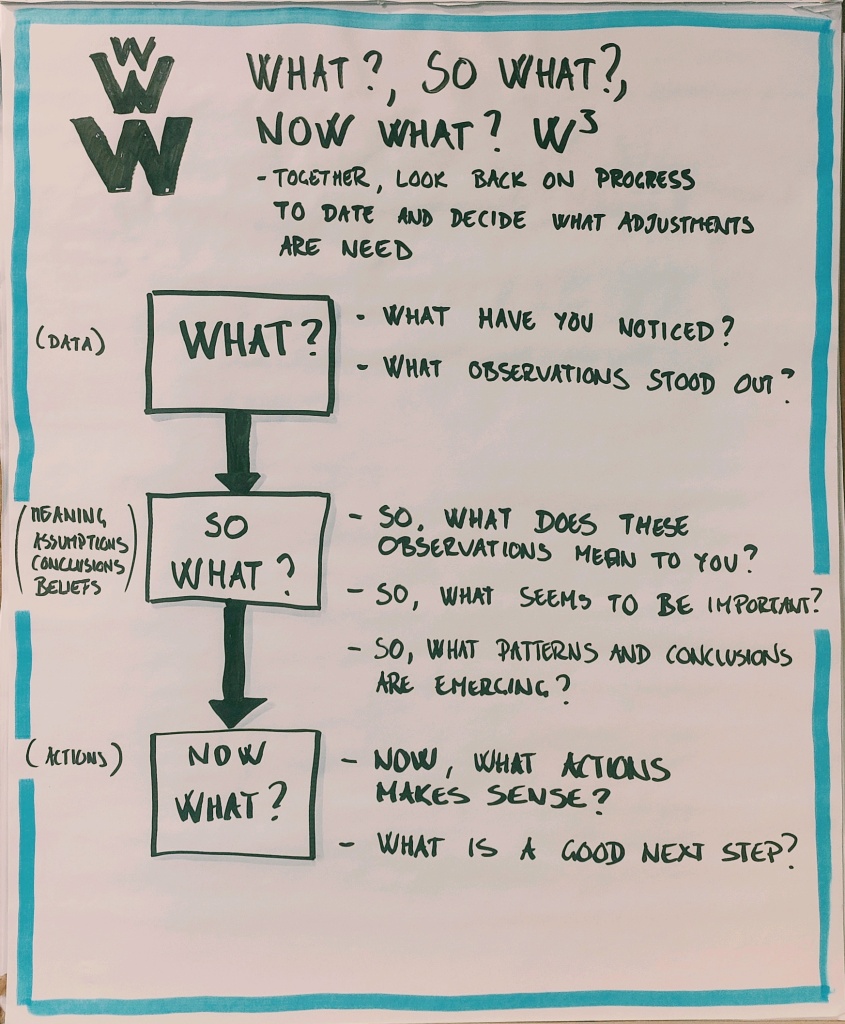Wh en a new team is formed we hope that it will be long lasting, and that it eventually will become high performing. Sometimes it happens, sometimes it doesn’t. What determines the success? Despite there are no guarantees of success, there are still things you can do to increase the likelihood of your team becoming high performing. In this blog post series, I would like to share some experiences of mine, from starting up new teams. Inspired by the Liberating Structure “Purpose-to-practice” I am helping the newly formed team to design five essential elements to make the team resilient and endurable. The 5 elements are Purpose, Principles, Participants, Structure and Practices. This post will cover my approach to help the team design Participants.
Who are we?
The original intention with the “practice” element in Purpose-to-practice is to answer the question “Who must be included in order for us to achieve our purpose?”. While this is a very important question to answer to be successful as a team, I found that getting to know your nearest teams members first, was more important. After all it doesn’t matter who we include, if we are not able to work close in the team and trust one another. Therefor this session is designed around making a safe space, where it is easier to be vulnerable
Which structures and why
Being vulnerable often proves to be difficult and even directly uncomfortable. And for some it may be hard to understand why we should have it in the first place; “Why don’t we just begin working?”. To make the importance of building trust in a new team clear, as well as setting directions for expected behavior in the session, the session is kicked off with a brief introduction to the concept of “5 Dysfunctions of a team” with emphasis on “invulnerability” being the hindrance in building trust.

The Liberating Structure Impromptu Networking gives participants the opportunity to share there thoughts about a question, while building connections one-on-one. In this case it is expanded with multiple rounds to give each participant a chance to speak to everyone in the team. The Impromptu Networking is the main part of this session, evolving around the invitation:
What should your fellow team members know about you, that will make it easier to collaborate and communicate with you – work related and privately?
A debrief on the session was done with the whole team together using What, so what, now what?

My observations and experiences
- Letting the team know that the more they share about themselves the more trust is building, worked as a gentle push to be courageous, as well as taking good care of teammates being vulnerable.
- Using the open question as invitation gave participants full control of what they wanted to share, thus feeling safer.
- Being vulnerable to only one person at the time instead of a whole team, made it easier for the individuals to gently challenge their own limits.
- The session was all about the conversations. Keeping the process very simple helped the group feel comfortable and able to focus on the content.
- Impromptu Networking was a really good lightweight structure that enabled the group to focus on the
- The simple process also allowed me as facilitator (yet equal part of the team) participate in the session.
- A break after being vulnerable, and before debriefing was good to digest some of the impressions.
- The debrief revealed that we were all insecure in some aspects. That let to the conclusion that it is OK to express insecurity and ask for help.
Source link


